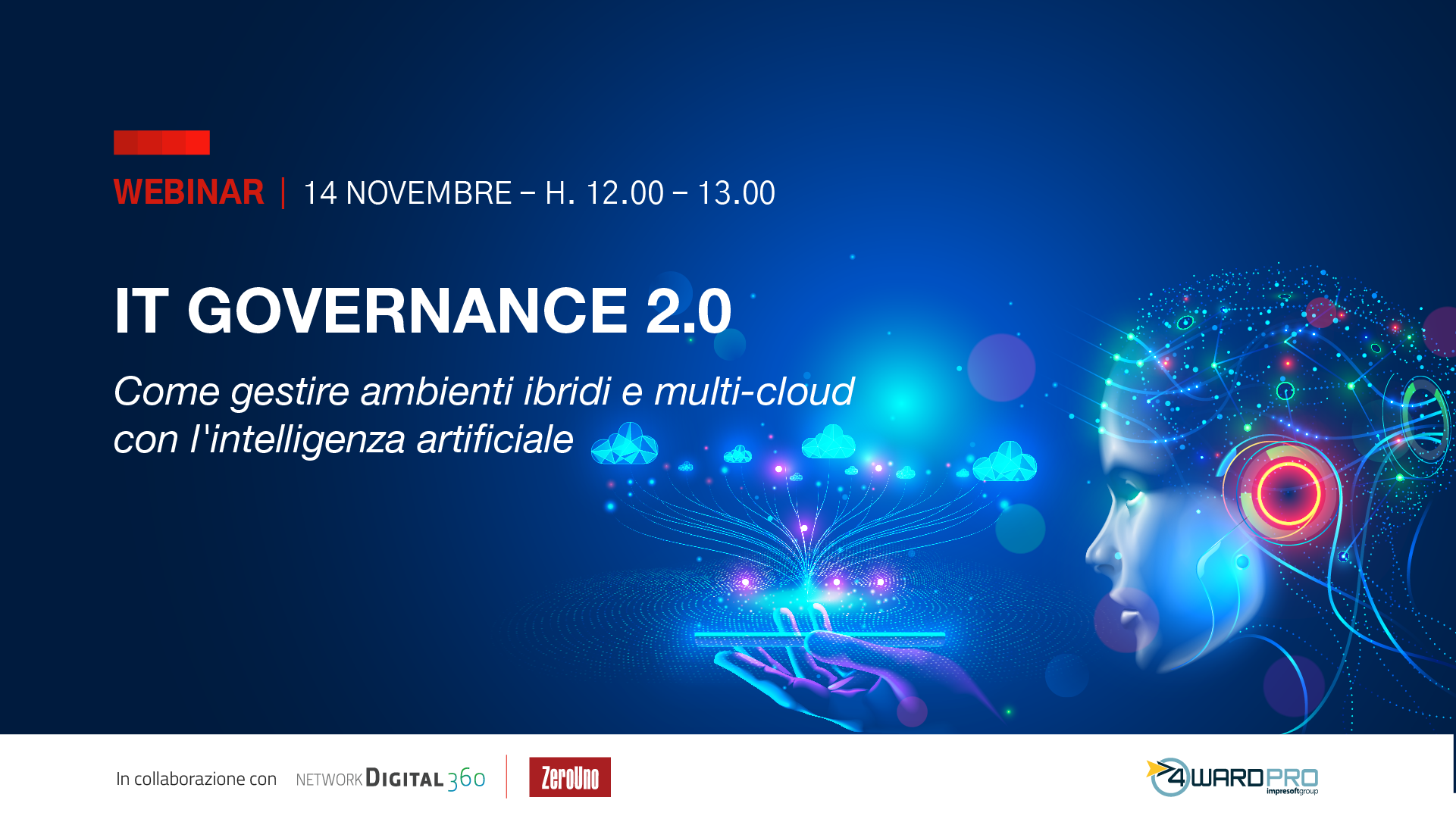
Whatever the metric chosen to assess the company-customer relationship (TRI*M, Customer Effort, NPS, Customer Delight, etc.), the intake is that the different experiences affect the overall relationship and contribute strengthening the preference for the brand, influencing the future behavior of (re)purchase or up/cross-selling. In a nutshell, to enhance customer loyalty.
Our studies on the relationship with the customer showed that four factors are critical to deliver a successful customer experience. Kantar TNS has in fact a privileged vantage point to detect relevant changes taking place in consumer behavior, expectations, or the main challenges of enterprises, locally and globally.
The presence in over 80 countries – and the coordination of analysis on a variety of locations and targets (consumers, professionals, companies of different size and industry) – enables a transversal reading and therefore the possibility to identify the “common” elements which have an impact on customer experience.
The first element, the most obvious, is that a product or a service must “work” in terms of performance or utilization – regardless of whether it is the access to an Internet website, the use of a tangible device, a consulting service or a food or financial product.
The second factor is the differentiation, leading to the choice of the brand in the insurance industry. The consumer must recognize an offer peculiar compared to that of competitors, that meets its needs, provides for specific and, if possible, tailored benefits. Basically, the opposite of the perception that “a product is as good as another.”
Then there is the emotional aspect. A customer has many “interactions” with the brand, through personal contacts (at the store, the toll free number, etc.) and the various digital channels and touchpoint. There are of course “cold” interactions, with low or no involvement, where the indifference prevails. Even almost automatic contacts (eg., an ATM withdrawal, the access to a toll-free number) may, however, turn into an experience (positive or negative) for the customer, in case of particular interest or urgency.
The literature in neuroscience and behavioral economics, has shown that over time we will remember the experiences that have exercised a certain emotional impact, while we do not “remember” transactions that took place in an ordinary way. For interactions related to the most important moments, we probably will forget the details of an event, but not how we felt in that situation.
For this reason, in the research carried out immediately after an interaction (“instant feedback”), in addition to the evaluation of the event for the improvement of processes, we investigate the feelings of the consumer with regard to that specific experience (which may be unconcerned, but also generate excitement or disappointment and irritation) and the main grounds of that response (why did you feel…?).
Last ingredient to manage a good customer experience is the offer of an experience “homogeneous” (consistency). The customers perceive the variance (and not the average) and enhance the foreseeable experiences, namely a reliable service/product, which maintains the quality standards – this applies to the premium offer, but also for basic products.
These factors are the basis for the digital transformation. The latter has resulted in benefits for companies in terms of operational efficiency and cost reduction, but also had significant impact on corporate organization, on the design of processes and products in line with a digital utilization via web or in mobility and on customer care methods.
The insurance industry has huge slots in the digital era. Certainly, compared to other sectors – electronics, beauty/personal care products, furniture, travel, etc., – financial services have stronger regulatory burdens and a contract scarcely consistent with the pure digital channel.
However, the spread of digital technologies, especially mobile ones, has created “impatience” and the practice to access “in the moment”, creating an expectation of fast, simple and, if possible, customized interaction with the Brand. The customer is increasingly confident in the use of mobility devices and digital touchpoint, to find and compare offers, or even to receive services related to customer care in real time. In large sections of the population and especially among Millenials, a customer journey involving a mix of digital and traditional touchpoints, is catching on.


